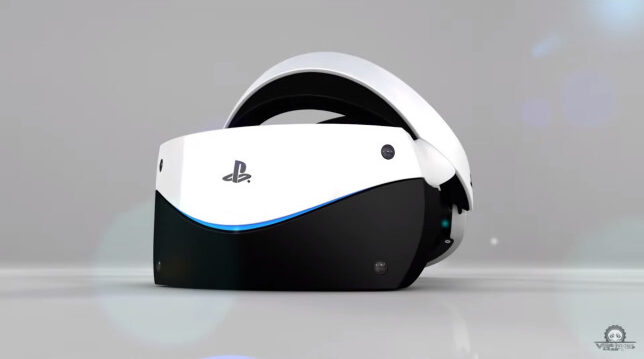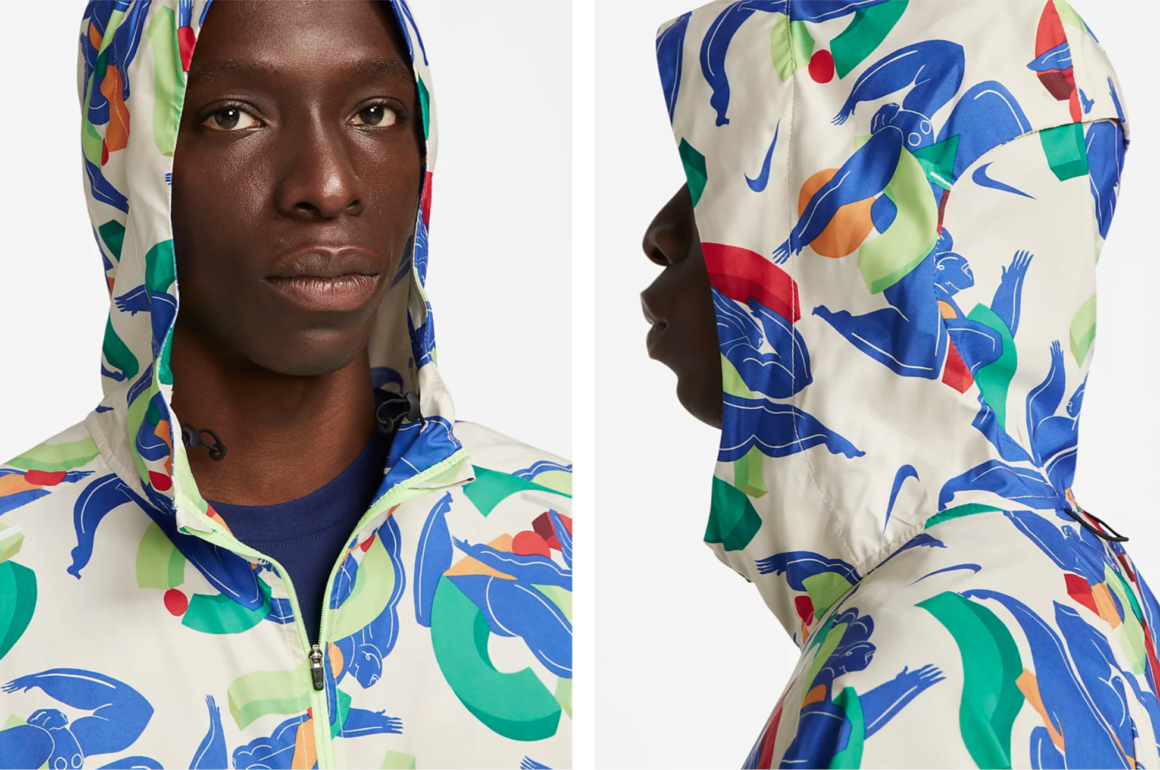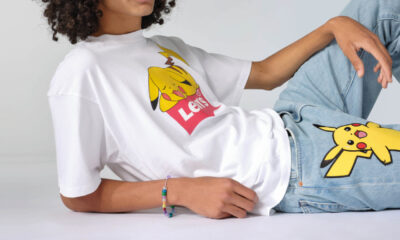CULTURE
PLAYSTATION VIRTUAL REALITY 2 COULD BE HERE FOR CHRISTMAS 2022

All tech giants (unsurprisingly) compete to stay ahead of the game with the most up to date and forward-thinking technology, and rumour has it Sony will be releasing their second virtual reality headset by Christmas 2022, just in time to add it to your list for Santa.
The headset will use OLED panels, rather than LCD displays that are more common for VR headsets. LCD displays are popular for headsets due to their low cost, high resolution and good picture quality rates. However, OLED displays have better contrast and faster response times, although they can suffer from smearing when VR games are dark, and this caused a hindrance with the first PlayStation VR headset.
This second version is rumoured to have 4K screens, foveated rendering and haptic feedback (see the cover image for what a fan thinks it will look like) – all of which comes with a price. The relatively low cost of the first PSVR set is one of its main appeals, but the inclusion of these new features and the OLED screens sounds expensive, suggesting Sony’s second release is going to be one expensive Christmas present.
[Image source: VR4Player.fr]
CULTURE
NIKE’S NEW RECYCLED COLLECTION

“Move to Zero” is Nike’s new trainer range consisting of their most sustainable shoes to date. Produced by eco-friendly materials, such as recycled cork from the wine industry or bark that’s produced in a way that isn’t harmful to the tree, each pair are 20% recycled materials.
The soles of the trainers are an outcome of the Plant Cork Pack, a process that infused the cork into the rubber sole. This product release marks Nike’s air to become ‘zero carbon and zero waste’.
The collection includes both new and updated trainer designs; you can purchase the beloved Air Force 1 or Blazer Mild and Air Max alongside a new silhouette, Nike Crate Impact. Their Air VaporMax 2021 is one of their ‘most sustainable shoes to date’ as it’s produced by over 50% recycled resources.

The capsule is inspired by ‘the natural world’ but it isn’t just the sole’s that are eco-friendly, ‘Each shoe is dedicated to a plant we love and brought to life through embroidered botanical designs, scientific infographics and dye sourced from the plant itself.’ Dohnn Ball, on the Plant Cork Pack team, revealed further the inspiration behind the trainer designs, saying, ‘On each shoe we are highlighting a plant, and whatever colour that plant is processed into is the accent colour on that shoe”.

[Image Source: Nike]
CULTURE
JACK DANIELS X THE SHOE SURGEON: FINELY CRAFTED

Sneakerheads rejoice: now you can explore The Shoe Surgeon’s studio in interactive 3D, for a taste of where that custom sneaker magic happens. Finely Crafted shares the secrets of the latest Jack Daniels/Shoe Surgeon collab—and gives fans a chance to trip to Los Angeles to tour the studio for real.
Created by MediaMonks, a global creative production company that crafts amazing work for leading businesses and brands. Explore the space for yourself here.
CULTURE
BLUP50 KELLY ANNA LONDON X NIKE TO CREATE ‘RUN PAST THE FUTURE’

This artist in residence continues to blow out minds
After her trip to Nike’s head office in Portland in the US, to design her own running collection in collaboration with the team at Nike. ‘Run Past The Future’ is a menswear collection that has already been worn by the likes of singer Justin Timberlake and athlete Craig Engels.




-
FASHION4 months ago
NEW AIR JORDAN 36 DRIPPING WITH GOLD
-

 FASHION4 months ago
FASHION4 months agoFIRST LOOK AT POKÉMON X LEVI’S NEW COLLECTION
-
CULTURE4 months ago
GUCCI X BALENCIAGA’S HACKER PROJECT HAS DROPPED
-
ENTERTAINMENT4 months ago
NETFLIX IS PLANNING A LA CASA DE PAPEL (MONEY HIGHEST) SPINOFF BASED ON BERLIN’S CHARACTER
-
CULTURE4 months ago
A$AP ROCKY LOOKS BACK AT HIS BEST AND WORST FASHION MOMENTS
-
FASHION4 months ago
YEEZY SEASON 9 REVEALED – WITH A STATEMENT FROM YE
-

 FASHION4 months ago
FASHION4 months agoSUPREME RELEASES AN AIRSTREAM FOR ITS SS2022 COLLECTION
-
FASHION4 months ago
IVY PARK RODEO: FOURTH COLLECTION WITH BEYONCÉ
